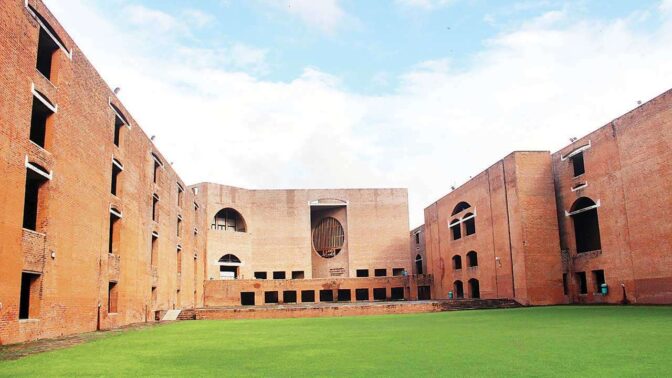” If each of us hires people who are smaller than we are, we shall become a company of dwarfs. But if each of us hires people who are bigger than we are, we shall become a company of giants.” – David Ogilvy
Stretching the Rupee to the last mile should be the endeavour of any marketing organization. It is music to ears to listen to “kum karcha jyada charcha”(Little expense, Maximum returns), any penny wise pound foolish entrepreneur will fall for this sloganeering. Affordability is an issue for a start up company, but once an organization is into its take off stage after a decade’s existence, than it has really look for ways to reeve up its brand image and ensure the goodwill of the customer.
Media selection and Deployment in trade dominated Industry:
When I was heading a branch of Kurl-on at Nagpur I was faced with an akward situation of competition engulfing us in the market place. Being a dealer dominated trade, we had collection problem galore and our brand equity was being encashed by competitors for lack of advertisement. Any coir mattress was being sold as Kurl-on by unscrupulous dealers. It was akin to any vanaspati being sold as Dalda. Kurl-on was a generic product for coir mattresses.
An idea flashed in my mind to educate the English speaking segment. I contacted Hitavada and found that Rs 50 per column centimeter was the rate card. I asked them for front page advertisement. The advertisement representative gave it at the same price instead of charging regular 50% premium. Well it was a golden opportunity during the festive season. The positioning of the advertisement created a stir so to say in the market place, all dealers woke up from their slumber and they wanted their names to feature prominently in the advertisement. We had the policy of mentioning all the dealers below the corporate advertisement. This lever I used it effectively to promote the sagging image of Kurl-on, and sales literally doubled and we got rid of bad dealers. Thus Kurl-on brand was firmly entrenched in the minds of the consumer despite two strong local brands such as Rama coir and Aerocom which established their factory and had to struggle with their capacities to establish their brand.
Treating advertisement as an investment for building brand equity :
The influx of MNC brand poses a real threat to any Indian brand in the long run. Nutrine and Parrys was literally overtaken by Perfetti within a span of 4 years. The deep pockets and high profile advertising and maverick type of marketing ensured brand equity. The same example I had to give to our director in HPL, who literally woke up from slumber. The MNC competition in the form ofFaber Castle and Staedler was looming ahead. What is now the key to protect the brand equity ? He asked me casually on a market visit, my simple suggestion to him was to pump all that he can on advertising forget short time profit for a few years. It made logical sense, the advt budget which was a measely 50 lakhs was pushed up 3 crores in the first year, second year it was 5 crores and so on it was multiplied. Today the company is able to withstand the competition head on without bowing down and selling the company lock, stock and barrel. Whereas Nutrine was sold to Godrej and Parrys got sold out to Lotte.
Dealing with Modern Trade format :
Never advertise a bad product, it will decimate the brand faster.
Disclaimer : This article does not purport to demean or discredit any organisation but focuses on educating the future generation or breed of brand managers to learn from mistakes which were committed during our times.
You might like reading:

India’s Aviation Sector: The Way Forward
Introduction India is projected to be the third largest aviation market by 2020. The aviation sector of our country is on a trajectory of growth. We have seen and read the statistics given by various research firms and the many reports that DGCA comes out with year on year. But have we really progressed? Have we really reached the 2015, […]

IIM Ahmedabad Completes Placement Process for PGPX Batch 2021
The Indian Institute of Management Ahmedabad (IIMA) successfully completed the final placement process of its One Year Full Time Post Graduate Programme in Management for Executives (PGPX) at the end of July. As every year, the final placement report was audited by an external agency and finalized on September 27, 2021. Despite the pandemic, placements for this year have been […]































